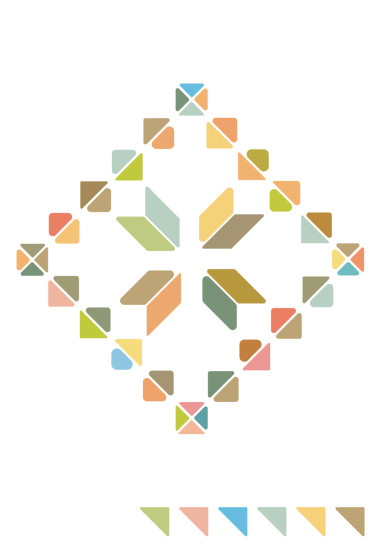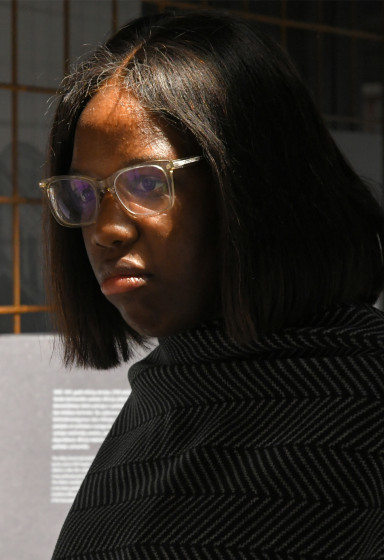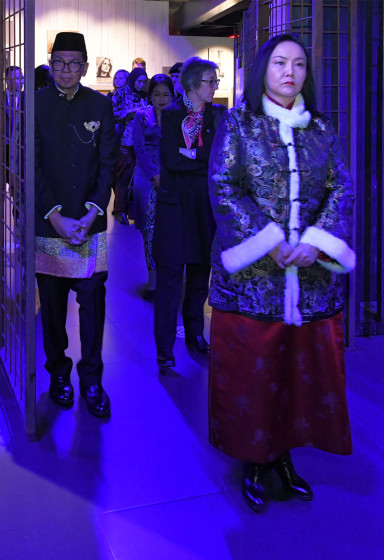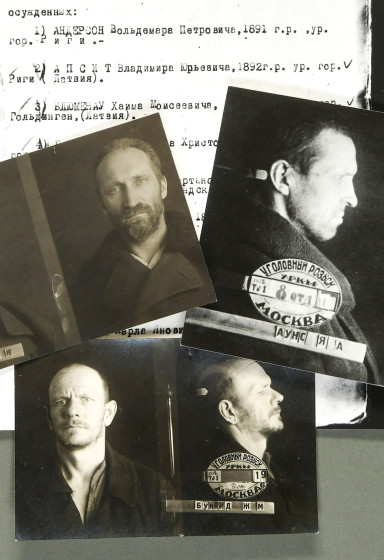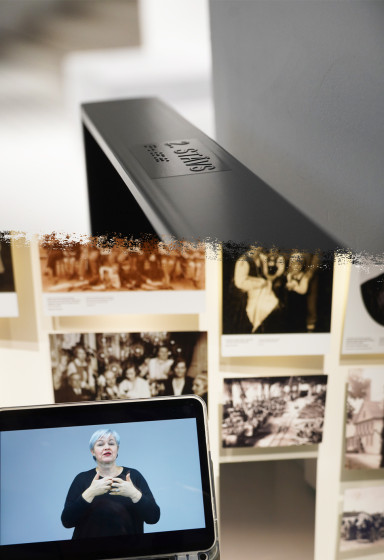Donate to Museum
Each donation helps to ensure the Museum's activities, allowing it to function and provide information for people from all over the world.
The Museum is grateful to each donor and invites everyone to contribute.
"Rose Street" Exhibition Opening at the Corner House (KGB Building)
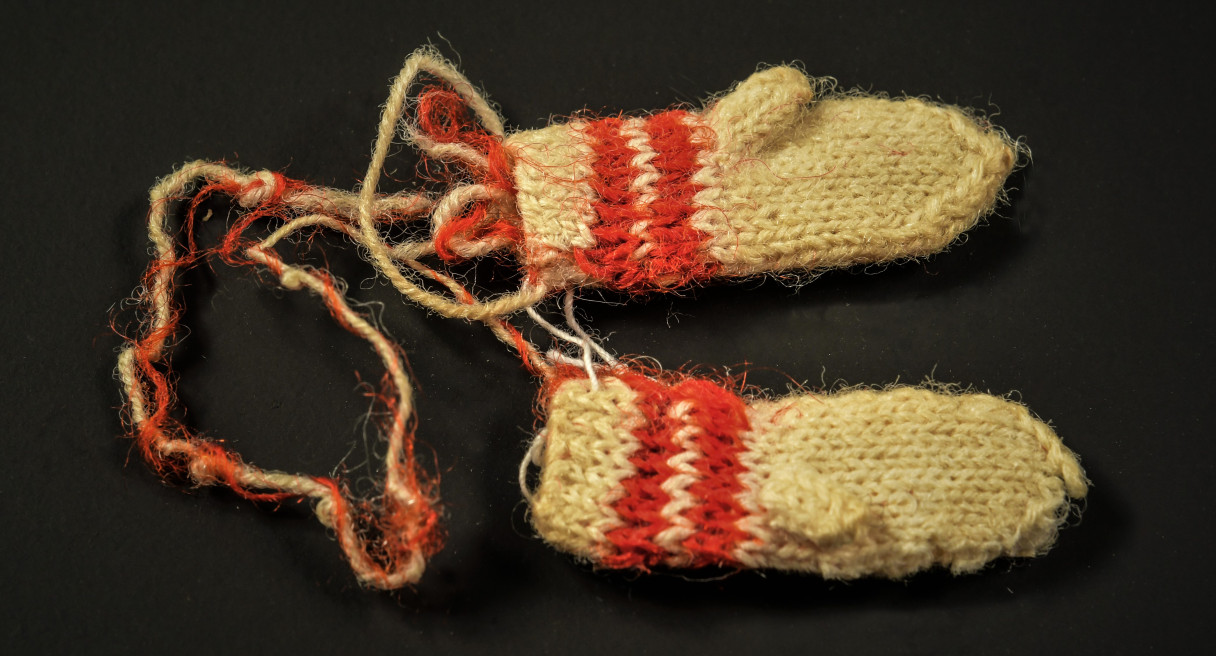
On Monday, December 5, at 18.00, the "Rose Street" exhibition dedicated to politically repressed women will open at the Corner House. The contribution by women to the resistance against the Soviet regime in Latvia is important, yet less studied and known. The exhibition will tell the story of women who selflessly dedicated their lives to the resistance movement and were punished for it. The exhibition is curated by historian Viktorija Pivena, a refugee from Ukraine who currently works at the Museum of the Occupation of Latvia.
During the Soviet occupation, the women imprisoned in the Corner House were kept in a separate corridor of the isolation cells, known by the local nickname "Rose Street". The Rose Street exhibition organized by the Latvian Occupation Museum tells the story of the fates and lives of women broken by the Soviet regime, but whose hearts never gave up hope.
The exhibition uses materials from the Museum’s collection: original documents, photographs, and personal belongings. Visitors to the Corner House will be able to explore, in an authentic environment, the stories of various women's fates which developed as they passed through the horrific prison cells, camps and internment sites of the GULAG system. GULAG (Russian. Glav Главное управление исправительно-трудовых лагерей и колоний) — the Main Administration of Correctional Labour Camps and Colonies — was a subdivision of the NKVD that administered concentration and "correctional labour" camps in the USSR between 1930 and 1960.
Visitors will also be able to see objects belonging to the women prisoners, listen to the accusations and sentences handed down, and see original documents from 1941, which were preserved and donated to the museum in the 1990s by members of the youth resistance organization "Nacionālā sardze" (National Guard).
The "Rose Street" exhibition at the Corner House, 61 Brīvības Street, Riga, will be open daily to the general public beginning December 6, from 10.30 to 17.30, for a voluntary donation.
The exhibition was created with the support of the State Culture Capital Foundation.
The Corner House
Built in 1912, the apartment building was designed by architect Aleksandrs Vanags.
In 1919 the building housed the Latvian Revolutionary War Committee.
In 1940-1941 and from 28 January 1946 on, the building was occupied by the People's Commissariat of Internal Affairs and the State Security Committee of the Latvian SSR.
After Latvia regained its independence, the building housed the Latvian State Police until 2008.
Since 2014, part of the building has been leased to the Latvian Museum of Occupation.
Photo: Decorative mittens that Mirdza Barbaka received as a gift from her cellmate in Riga Central Prison. The mittens were knitted with sewing needles in 1946. Photo by A. Reinholds.
